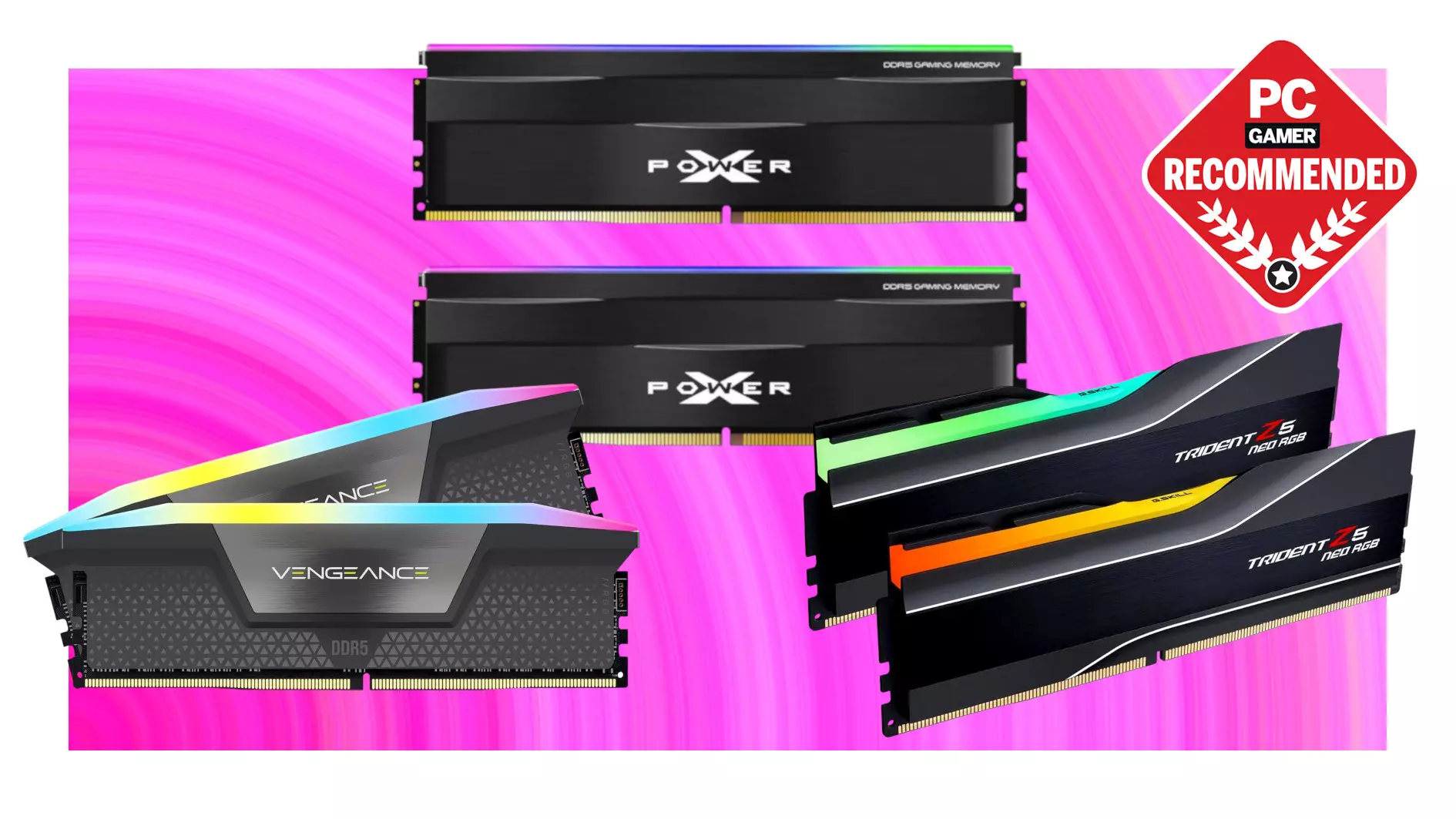In the realm of PC gaming, conventional wisdom has long dictated that 16 or 32 GB of RAM suffices for most titles, handling the majority of modern gaming needs with ease. However, this standard is increasingly being challenged by the demands of high-fidelity simulation and resource-intensive titles. Specifically, Flight Simulator 2024 signifies a turning point: it dramatically benefits from a whopping 64 GB of RAM. While many gamers cling to the assumption that extra memory offers diminishing returns, real-world testing reveals that pushing beyond 32 GB can unlock smoother gameplay, enhanced stability, and a more future-proof setup. The myth that large amounts of RAM induce instability also needs debunking. Modern motherboards and DDR5 modules are engineered for stability even with high-capacity configurations—if you choose your hardware wisely.
The Cost and Complexity of High-Capacity RAM: Overcoming the Price Barrier
Doubts tend to arise when confronting the hefty price tag associated with 64 GB DDR5 kits, which often seem prohibitively expensive compared to their 32 GB counterparts. Yet, an unexpected insight emerges upon closer examination: high-capacity RAM doesn’t always break the bank. When you compare the expense of two 32 GB kits versus a single 64 GB set, the latter can be surprisingly competitive, especially considering the performance benefits. The challenge lies less in cost and more in compatibility and stability, particularly with high-latency modules. Enthusiasts often worry about the potential for stability issues when populating multiple memory slots, but advances in DDR5 technology and motherboard design have largely eradicated these concerns—provided you select the right kits and adhere to manufacturer specifications.
The Power of Choice: Demystifying DDR5 RAM for Gaming Enthusiasts
The landscape of high-performance RAM is cluttered with brands and specifications that can confuse even seasoned builders. Among these, Silicon Power stands out for offering cost-effective, reliable options with impressive data speeds—up to 6,000 MT/s. Despite being less renowned than giants like Corsair or G.Skill, Silicon Power has a solid track record spanning nearly two decades, primarily in storage, and is now making waves with DDR5 RAM kits. Their 64 GB modules, distinguished by lower latencies, promise to squeeze more performance out of demanding applications. Yet, a crucial reminder persists: always verify whether your motherboard supports these modules—consult the motherboard’s official QVL list or reach out directly to the manufacturer. Compatibility remains key, and neglecting it can turn an otherwise powerful upgrade into a frustrating bottleneck.
Latency and Aesthetics: Finding Balance in RAM Selection
Beyond sheer capacity and data speeds, the subtleties of RAM latency and aesthetics influence your choice. G.Skill’s lineup, known for rigorous testing and high reliability, offers modules with CAS latencies around 36, striking a balance between performance and stability. These kits are especially suitable for users who prefer a more understated look—opting for black or white modules rather than RGB extravagance. This minimalist approach aligns well with professional setups or gamers seeking a clean aesthetic without sacrificing performance. The BIOS settings may allow for tuning latencies further, but default configurations are often sufficient for stable operation. In essence, the decision often comes down to matching your build’s aesthetic preferences with the technical demands of your gaming style.
The Middle Ground: Are Premium DDR5 RAM Kits Worth the Investment?
While outrageously high-end RAM modules with ultra-low latencies and dazzling RGB lighting demand premium prices, there exists a pragmatic middle ground that offers high capacity, solid performance, and reasonable pricing. Corsair’s Vengeance series, with a CAS latency of 38, exemplifies this balance—being more compatible with latest AMD Ryzen and Intel Alder Lake/LGA1700 platforms. These kits tend to have slightly slower timings but excel in stability and broad compatibility, making them ideal for gamers engaging in CPU-intensive or 1080p esports titles. Interestingly, these higher-latency modules are often priced competitively—sometimes even cheaper than multiple lower-capacity kits—giving budget-conscious enthusiasts a way to extend their gaming prowess without committing to exorbitant costs.
Upgrading to 64 GB of DDR5 RAM isn’t merely a matter of throwing money at the latest technology; it’s an investment rooted in understanding your gaming needs and hardware compatibility. While the initial expense might seem high, the gains in stability, performance, and longevity justify the cost—especially as demanding titles like Flight Simulator 2024 push the boundaries of what our systems can handle. The key is to navigate the jungle of specifications, brand reputations, and aesthetic preferences carefully. With thoughtful selection—paying attention to latency, compatibility, and fill-factor—you can elevate your gaming setup to new heights, ensuring your PC remains competitive today and resilient tomorrow. As game developers continue to push for more immersive experiences, your hardware must keep pace, and making informed choices about RAM is exactly how you future-proof your gaming experience.

